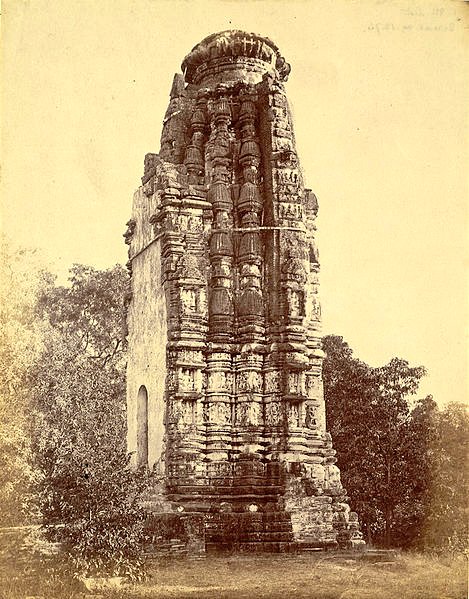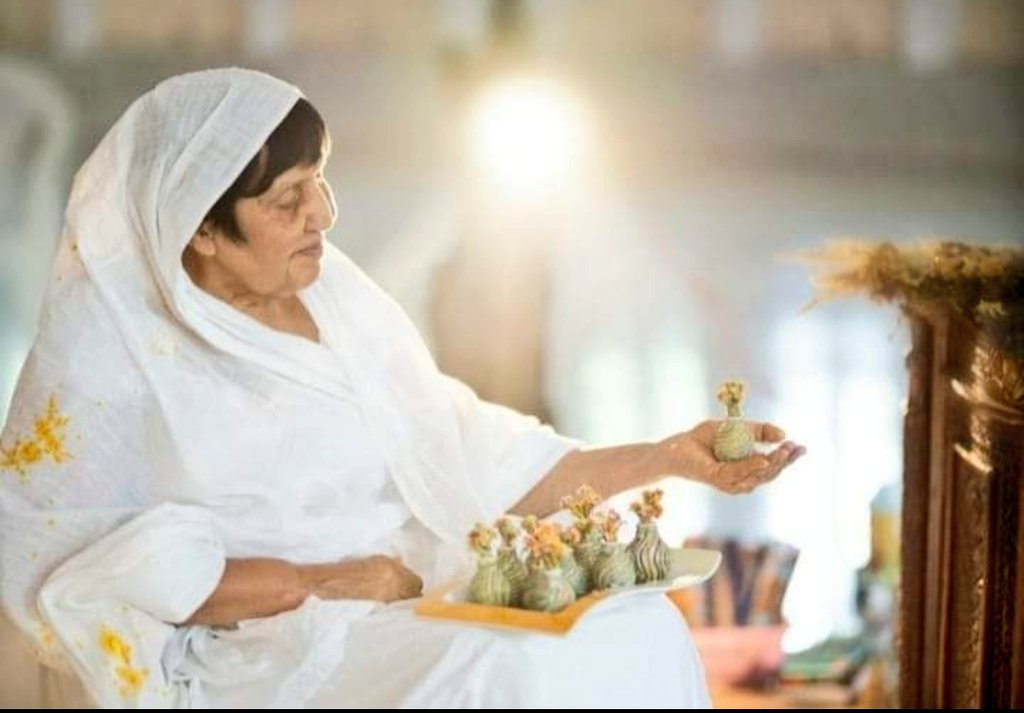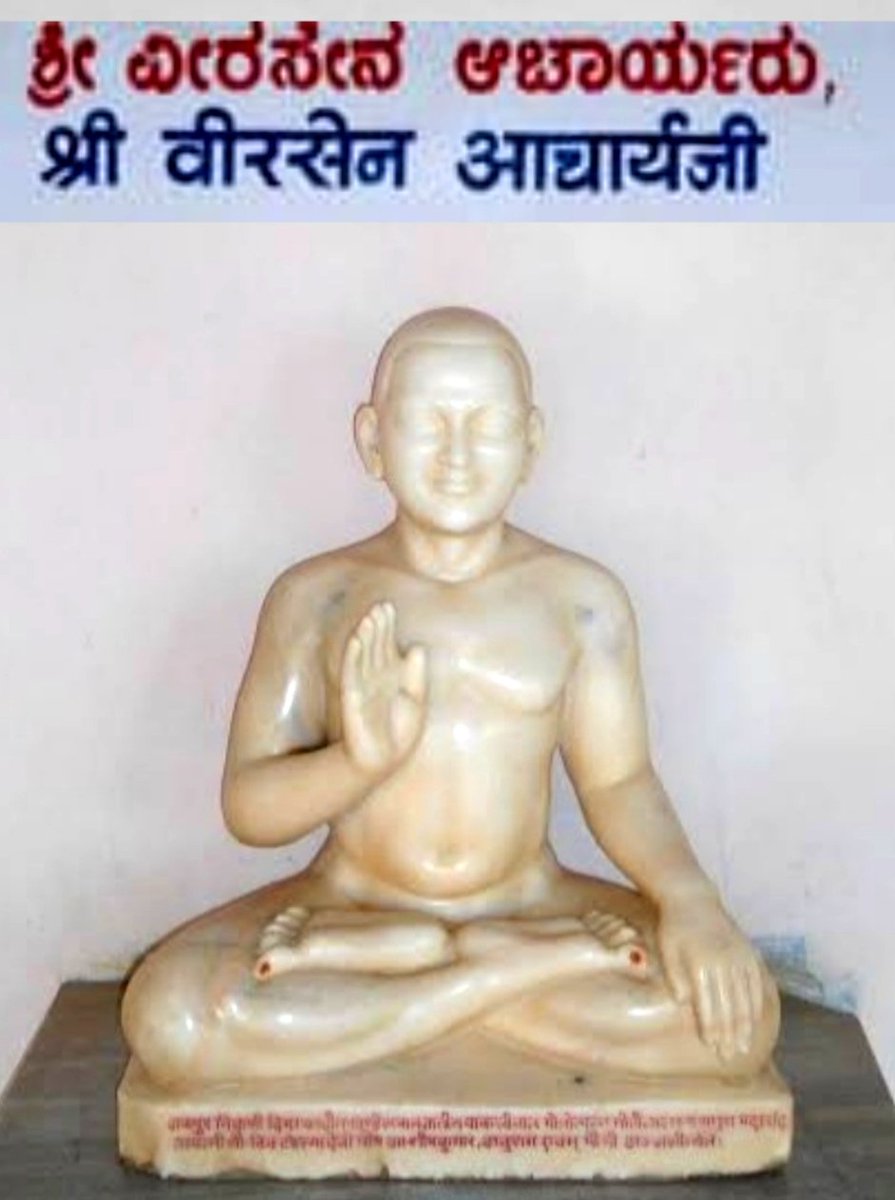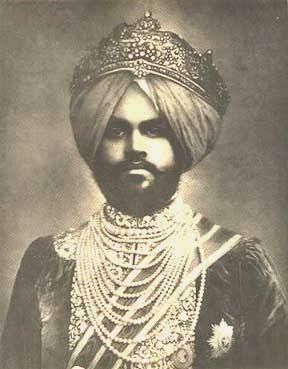
📸 Collection of Vintage pictures of #Jain temples
1. Jain temple cluster in Khajuraho, #MadhyaPradesh in 1885. There are 31 Jain Temples here, but from architectural point of view Parsvanath, Adinath & Shantinath temples are relatively more important & noteworthy
#Thread
1. Jain temple cluster in Khajuraho, #MadhyaPradesh in 1885. There are 31 Jain Temples here, but from architectural point of view Parsvanath, Adinath & Shantinath temples are relatively more important & noteworthy
#Thread

3. Ruins of the great #Jain temple, Bhand Dewal at Arang, #Chhattisgarh
Photographer: Beglar, Joseph David, 1873, British Library
Photographer: Beglar, Joseph David, 1873, British Library

4. #Jain temple ruins at Pathari, #MadhyaPradesh taken by Henry Cousens in c.1892-94 & described in his 'Report of a tour in Bundelkhand and Malwa, 1871-72; and in the Central Provinces, 1873-74' 

5. Photograph of a single small ruined #Jain temple near the village of Anjaneri, Nasik District, #Maharashtra taken by Henry Cousens either in the 1880s or the 1890s. It is probably Jain temple no.7 & is constructed very plainly. 

6. View from the south of the Adishvar Bhagawan Temple in the Vimalavasi Tuk showing the shikara and roof, Shatrunjaya #Jain Tirth, #Gujarat, a photo by Edmund David Lyon, 1868 

7. Mahavir #Jain Temple atOsian, Jodhpur, #Rajasthan 1897
It was built during the Gurjara-Pratihara dynasty by King Vatsaraja in 783 AD making it the oldest surviving Jain temple in western India.
It was built during the Gurjara-Pratihara dynasty by King Vatsaraja in 783 AD making it the oldest surviving Jain temple in western India.

8. #Jain temple at Chittanur, Singavaram, South Arcot District, #Tamilnadu, 1894
Photograph of the Jain temple at Mel Chittamur is from the 'Archaeological Survey of India Collections: Madras, 1894-95'.
The British Library Board
Photograph of the Jain temple at Mel Chittamur is from the 'Archaeological Survey of India Collections: Madras, 1894-95'.
The British Library Board

9. #Jain temple at Sonagiri, Dantia dt, #MadhyaPradesh. From 'Famous monuments of Central India', by Raja Deen Dayal (London, 1886). There are a total of 103 temples with 77 on hill ď 26 in village. The Samavasaran of Bhagwan Chandraprabhu came here 17 times. 

10. Sheetalnath #Jain Temple, #Kolkatta, #WestBengal
Built by Rai Budree Das Bahadoor Mookim, a jeweller & art connoisseur to honour Sheetalnathji, the 10th Tirthankar. This temple inspires awe from one & all. Construction of the temple began in 1842 and it was completed by 1867
Built by Rai Budree Das Bahadoor Mookim, a jeweller & art connoisseur to honour Sheetalnathji, the 10th Tirthankar. This temple inspires awe from one & all. Construction of the temple began in 1842 and it was completed by 1867

13. Mungathala #Jain temple, #Rajasthan in 1897
This name occurs in number of epigraphs of 12th century as Mundasthala (मुण्डस्थल). It was a sacred Shvetambara Jaina tirth sacred to Lord Mahavira. In an inscription of 14th century it is called as Mahatirtha
This name occurs in number of epigraphs of 12th century as Mundasthala (मुण्डस्थल). It was a sacred Shvetambara Jaina tirth sacred to Lord Mahavira. In an inscription of 14th century it is called as Mahatirtha

14. Bavan dhvaja #Jain Temple, Sarotra, #Gujarat by Henry Cousens in 1885. The Main shrine stands in a courtyard, surrounded by a corridor of 52 small shrines. Unfortunately the temple was desecrated by the time Cousens visited, & none of the images from these shrines survive 

15. A small ruined #Jain temple in the Fort at Hangal, #Karnataka taken by Henry Cousens in the 1880s. Hangal is a small town south of Hubli in modern Karnataka which was under Chalukya rule in the 12th century & subsequently under Hoysala rule in the next century. 

16. Shatrunjay #Jain Tirth, Palitana #Gujarat. British Library digitised image from page 8 of "Architecture at Ahmedabad, the Capital of Goozerat" photographed by Colonel Biggs 

17. Photograph of the entrance to a ruined #Jain temple at Eklingji, Rajsamand dt, #Rajasthan taken by O.S. Baudesson in 1882. 

18. Engraving of a #Jain Temple in Kumbhalgarh, by Edward Francis Finden (1791-1857) and Patrick Young Waugh (1788-1829). Plate 15 from James Tod's: 'Annals and antiquities of Rajast'han or the Central and western Rajpoot States of India' published in London in 1829. 

19. 153 years old photo of Samprati Raja #Jain temple on Mount Girnar tirth at Junagad, #Gujarat taken by DH Sykes in 1869 AD 

• • •
Missing some Tweet in this thread? You can try to
force a refresh


































